St. Louis Fed President James Bullard told Bloomberg TV, “I think we are in a situation where we can taper.” He added, “We don’t want to jar markets or anything — but I think it is time to end these emergency measures.”
“On the labor market I think we have made substantial progress,” Bullard said. “The committee is going to debate that in earnest now at the July meeting.”
After tapering begins, “You probably don’t want to be on automatic pilot in this situation,” Bullard said. “We are not quite sure where this inflation process is going to go. We need some optionality on the upside with respect to possible inflation shocks.”






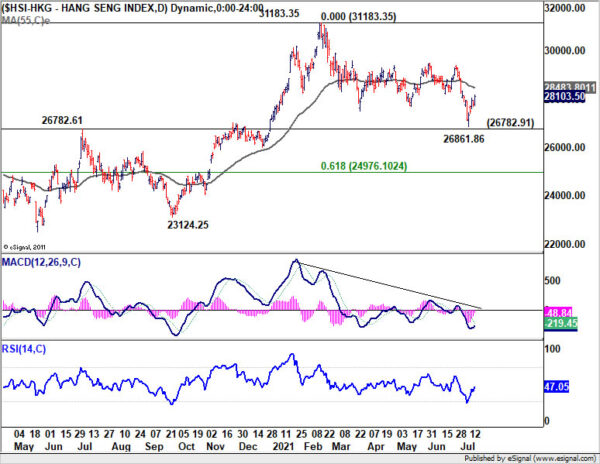
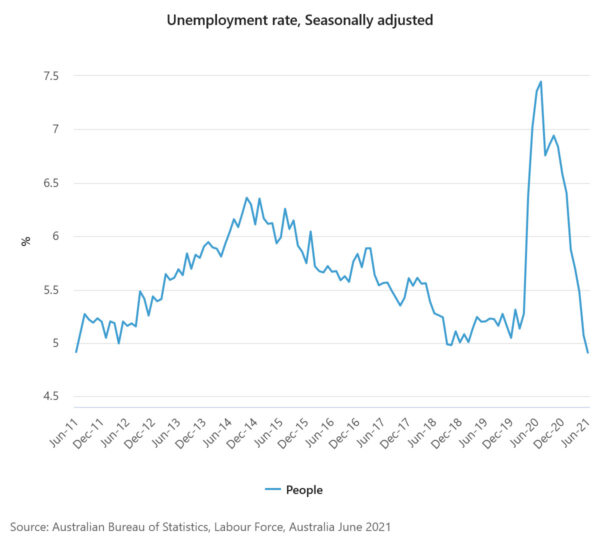

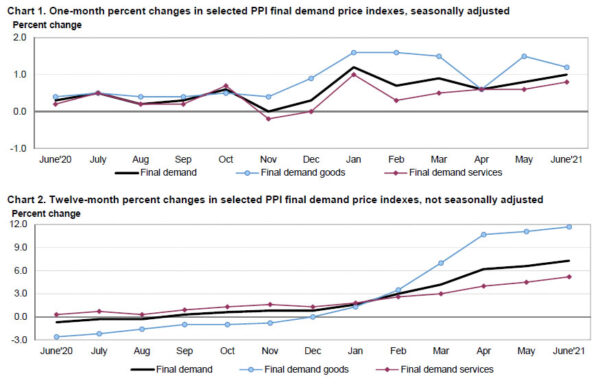
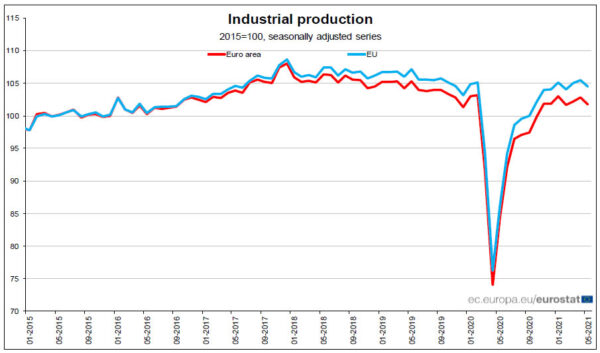
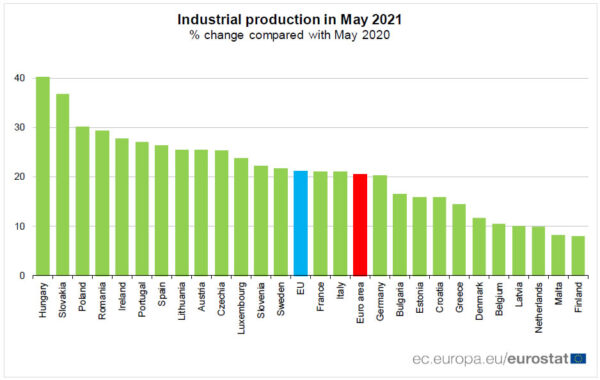
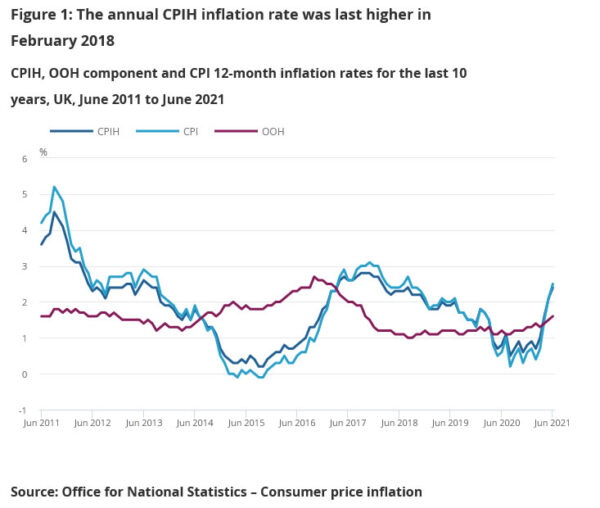
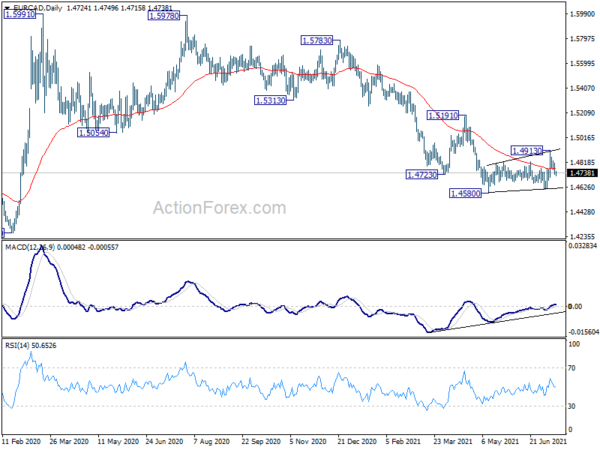
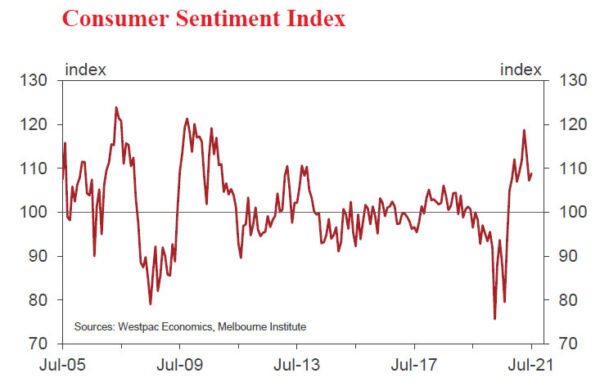

Fed Chair Powell testifies before Senate, live stream
By loading the video, you agree to YouTube’s privacy policy.
Learn more
Load video